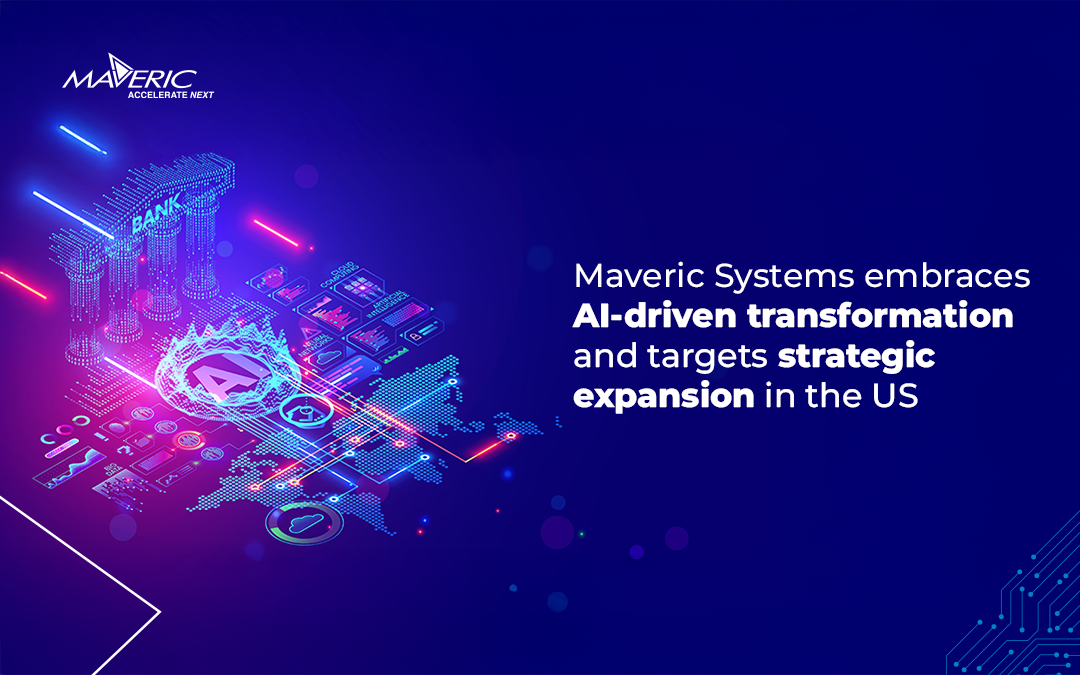Let’s assess a few of the current techno-business trends – 5G influx, growth of intelligent cars-cities-homes, rise in hybrid cloud adoptions, boost in ‘everything-as-a-service,’ metaverse, and NFTs. Given these shifts, how do you think the winds of change blow after the pandemic?
A slew of new businesses (or new growth plays by older heavyweights) leveraging customer experience born out of immediacy and personalization offers the easy answer. Come to think of it – even Museums are turning to gamification, NFTs, and the metaverse.
But how do companies get quicker to the market and nearer to the customer? Digital Transformation.
Digital transformation – focusing on optimization or transformation as an end goal – encompasses familiar themes: interoperability with other businesses or systems, predictive analytics and business intelligence, security, remote work possibilities, data privacy, scalability, device, and platform management capabilities.
Like functional areas, the catalysts for Digital transformation, too, show similar grouping. Organizations were either pushed because of a business need or the market or competition pressured them.
No matter the motivations – reduce operational efficiencies, replace legacy, or create new revenue streams – when it comes to digital transformation, there are some irreplaceable business goals (and unspoken hazards to learn from).
- Using the correct data and data infrastructure: While the pandemic rocketed digital adoption, most faltering companies that accelerated their pilot programs into production realized that getting the accurate data to the right place (across clouds, devices, and machines) was more straightforward than done. The idea is to embed the data strategy at the outset of any digital transformation initiative.
- Technologies exist; the people resist: Even if the leadership aligns, management layers and functional silos aren’t enrolled or empowered before the new technology rolls out. The poor cultural energies (stall and blame games) show up quickly in the initial poor outcomes – costs, NPS, productivity. The learning: adopt change management frameworks and create change agents.
- At heart, it is ‘always’ CX: The ‘shiny’ new tech glitters, but the gold is only found when customers’ needs and motivations are met. Use advanced data analytics to meet where your future customers will be and create the experiences they will compare you with. Repeat this over – successful digital transformations start and end with people.
- Learn about and embrace risk: Amongst all the goodies (greater productivity, improved CX), there is one inevitable black box that digital transformation throws up – Risk. Innovative companies decide (and communicate) their definitive stance on managing risk, whether they arise from the fear of the unknown, failure, or pressure to deliver.
- Focus wide, go deep: While traditional embraces begin with IT, the more significant gains happen when marketing, operations, customer service, and others are included in the DX mandate. Most successful journeys are company-wide efforts with formal steering committees, significant learning investments, and a laser focus on goal measurement.
- Maximize Marketing: From the auditing of platform strengths (owned, paid, earned) to accurately mapping customer journeys and beefing up AI-enabled or traditional marketing automation, digital transformation exercises have necessary dependencies on an organization’s marketing communications and collaboration.
- Method to the madness: Once the courage to go up the DX value chain has been worked out, it is necessary to spend time across the distinct three stages: choosing – incubating – and scaling. Across people, processes, and culture are required due diligence (and specific mindsets) for these fundamental organizational rhythms.
Conclusion
Digital done right means continuously identifying customers’ pain points, building an end-to-end experience, starting with a shared vision and growth strategy, and being fussy about graduating to a new culture that supports it.











